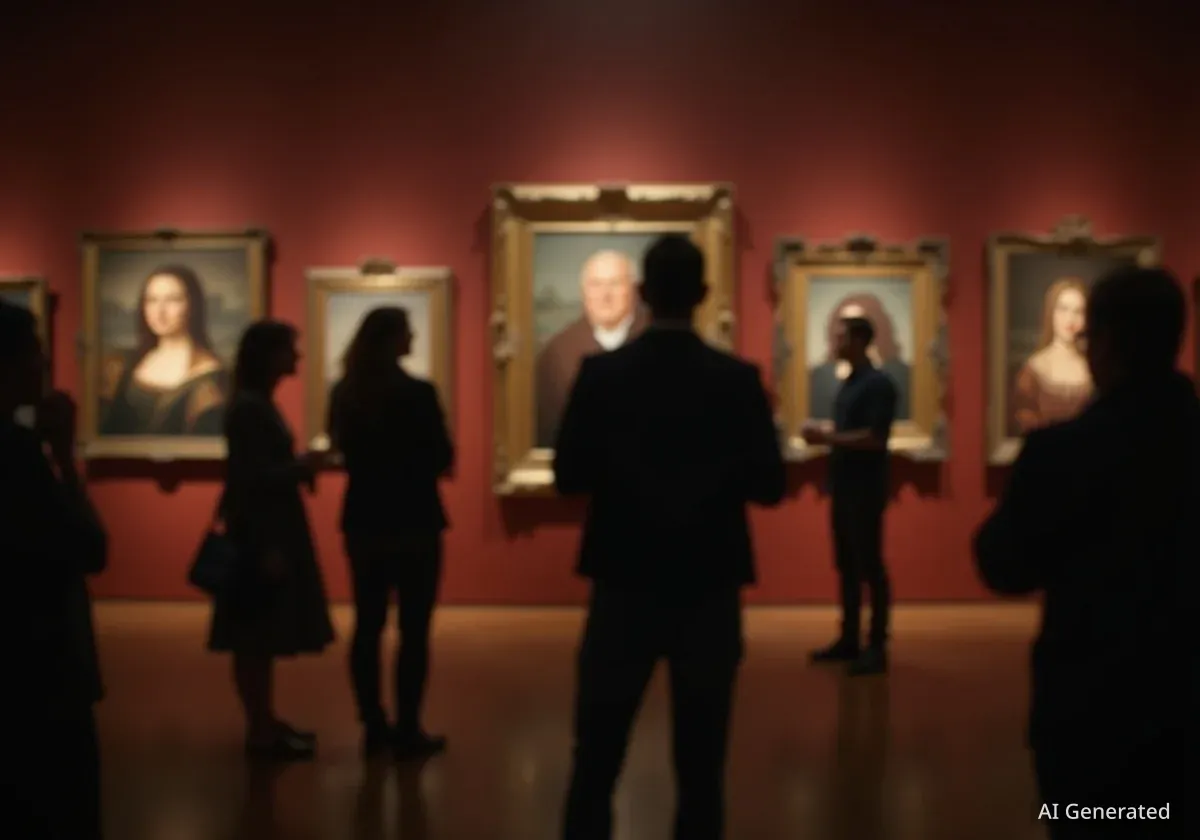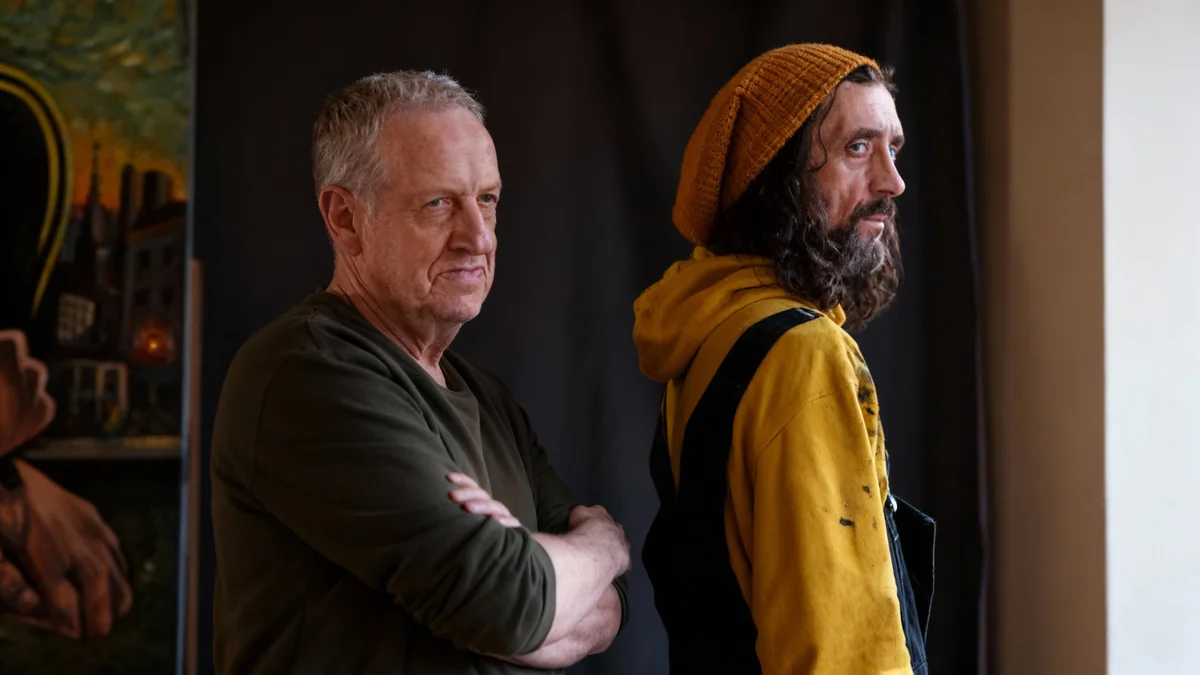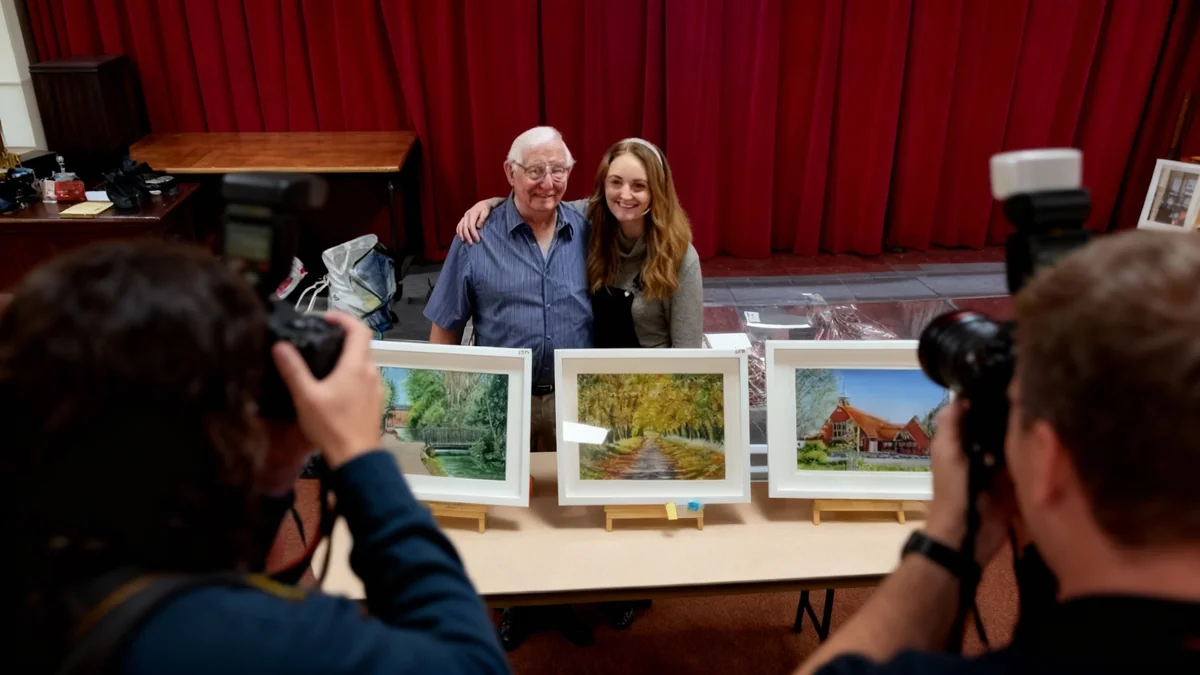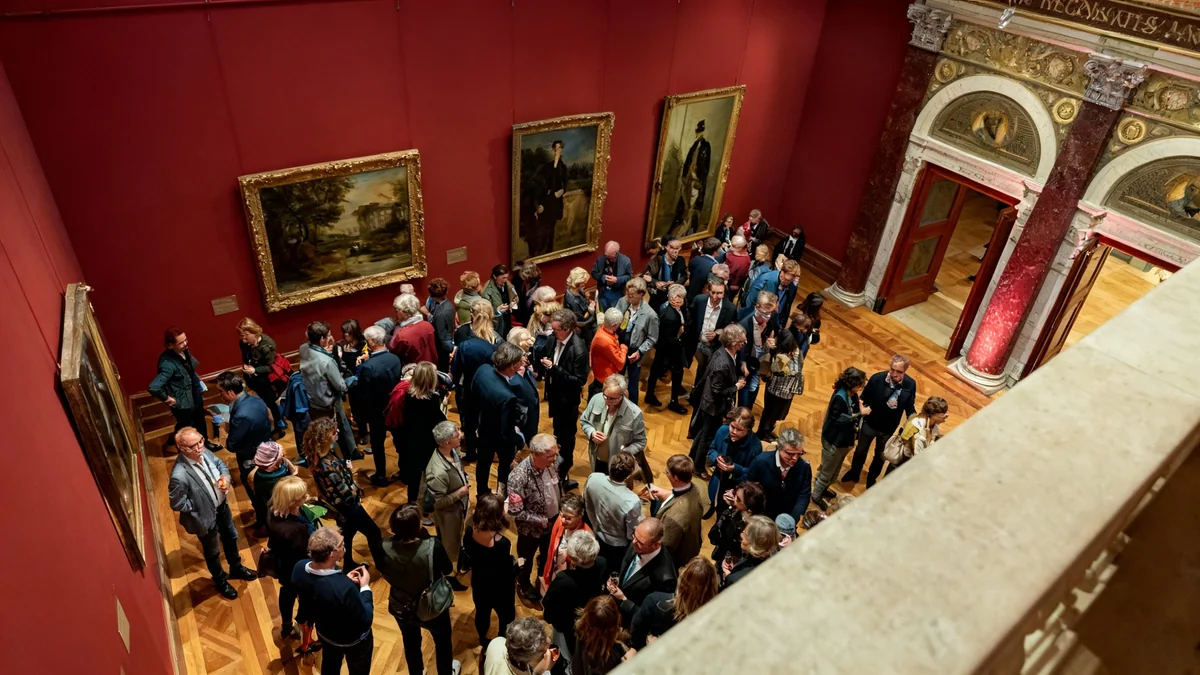The Van Gogh Museum in Amsterdam is bringing together a unique collection of portraits by Vincent van Gogh, focusing on the Roulin family. This exhibition, titled “Van Gogh and the Roulins. Together Again at Last,” honors Joseph Roulin, a postal worker, his wife, and their children, who served as models for the Dutch master during a challenging period in his life. The show highlights the artist's deep connection with the family in Arles, France, when he sought friendship and human connection.
Key Takeaways
- The Van Gogh Museum reunites 26 portraits of the Roulin family.
- The exhibition features a chair from Van Gogh's Arles studio, seen in a portrait of Joseph Roulin.
- Joseph Roulin and his family were crucial models and friends for Van Gogh in Arles.
- The show runs through January 11, 2026, after a successful run in Boston.
A Family Reunited on Canvas
The exhibition showcases 26 portraits of the Roulin family, created by Vincent van Gogh between July 1888 and April 1889. These works depict Joseph Roulin, a postal clerk, his wife Augustine, their two sons, and their baby daughter. Van Gogh painted them during his stay in Arles, a town in the southern region of Provence, France. At this time, Van Gogh faced difficulties making friends, and the Roulins became significant figures in his life.
The collection includes paintings from various museums worldwide. It represents a comprehensive look at Van Gogh's intense period of creativity. The exhibition previously ran at the Museum of Fine Arts in Boston before coming to Amsterdam.
Exhibition Fact
Vincent van Gogh painted a total of 26 portraits of the Roulin family. Fourteen of these are on display in the current exhibition.
The Story of the Arles Chair
A significant item in the exhibition is an armchair from Van Gogh's studio in Arles. This chair is featured in one of the portraits of Joseph Roulin, where the postman is shown in his blue uniform with gold buttons. The Van Gogh Museum discovered this very chair in its storerooms while preparing for the exhibition.
Emilie Gordenker, the director of the Van Gogh Museum, expressed her excitement about this discovery.
"As it turns out, we have this chair in our collection, but we have never shown it before," Gordenker stated. "And it just shows you when you start to work on a topic — in this case, the Roulin family portraits — all kinds of things you might never have thought about before come up and it’s really exciting to rediscover, as it were, your own collection."
The chair was considered too fragile to travel to Boston for the initial run of the show. Now, it is displayed in Amsterdam next to the portrait from the Boston museum, offering visitors a direct connection to Van Gogh's creative process and his models.
Rediscovering Museum Holdings
The rediscovery of the chair highlights the value of thorough research within museum collections. It shows how new exhibitions can bring fresh perspectives to existing artifacts. The chair, made of local willow from Provence, provides a tangible link to Van Gogh's environment in Arles.
Historical Context
Van Gogh's time in Arles, from February 1888 to May 1889, is often considered a crucial period in his artistic development. During this time, he experimented with color and light, producing some of his most famous works, including the 'Sunflowers' series and 'The Yellow House'.
The Roulin Family: More Than Just Models
For Van Gogh, Joseph Roulin was more than simply a model. He became a close friend during a period when the artist felt isolated. Van Gogh found comfort and connection with the Roulin family, viewing Joseph as a paternal figure.
In a letter to his brother, Theo, in April 1889, Van Gogh wrote,
"While Roulin isn’t exactly old enough to be like a father to me, all the same he has silent solemnities and tenderness for me like an old soldier would have for a young one."This quote reveals the depth of their relationship and the emotional support Roulin provided.
The Importance of Human Connection
Nienke Bakker, who co-curated the exhibition with Katie Hanson from the Boston Museum of Fine Arts, emphasized the significance of portrait painting for Van Gogh.
"He literally says painting people brings out the best in me, but also makes me feel part of humanity. So it’s a very important thing," Bakker explained.This underscores how the Roulin family helped Van Gogh feel connected to the world around him.
- Joseph Roulin: The patriarch, a postal clerk.
- Augustine Roulin: Joseph's wife, often depicted with a contemplative expression.
- Armand Roulin: The eldest son.
- Camille Roulin: The middle son.
- Marcelle Roulin: The baby daughter, also known as 'La Berceuse' (The Lullaby).
Van Gogh's Artistic Evolution in Arles
The Arles period is widely recognized for its impact on Van Gogh's artistic style. Emilie Gordenker noted,
"Many people consider his Arles period really his peak. I’m not sure we totally agree with that, but it is definitely a moment when he turns a corner ... his power as an artist really comes out."During this time, Van Gogh's use of bold colors and expressive brushstrokes became more pronounced.
The exhibition also includes works by Van Gogh's friend and fellow painter Paul Gauguin, as well as Dutch Golden Age masters Rembrandt van Rijn and Frans Hals. These artists served as major inspirations for Van Gogh, offering a broader context for his work.
A Glimpse into Van Gogh's World
To further immerse visitors in Van Gogh's life in Arles, an upstairs room in the museum features a life-size facade of the yellow house he used as his studio. This recreation helps visitors visualize the environment where Van Gogh created these iconic portraits and formed his bond with the Roulin family.
The exhibition opened on Friday, October 3, 2025, and will run until January 11, 2026. It offers a rare opportunity to see these scattered portraits together, providing a deeper understanding of Van Gogh's personal life and artistic journey.




